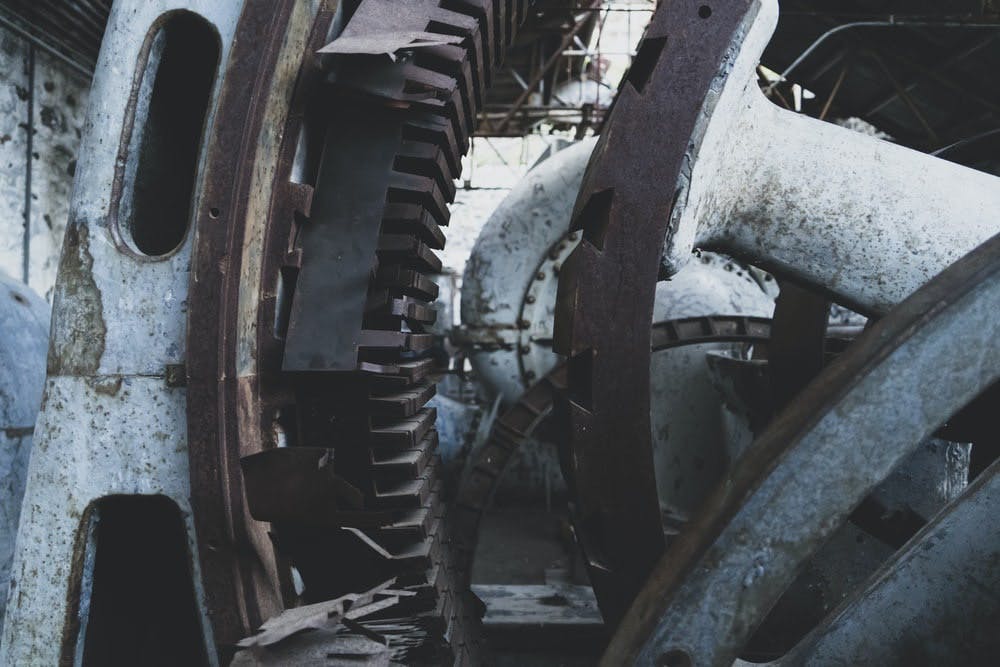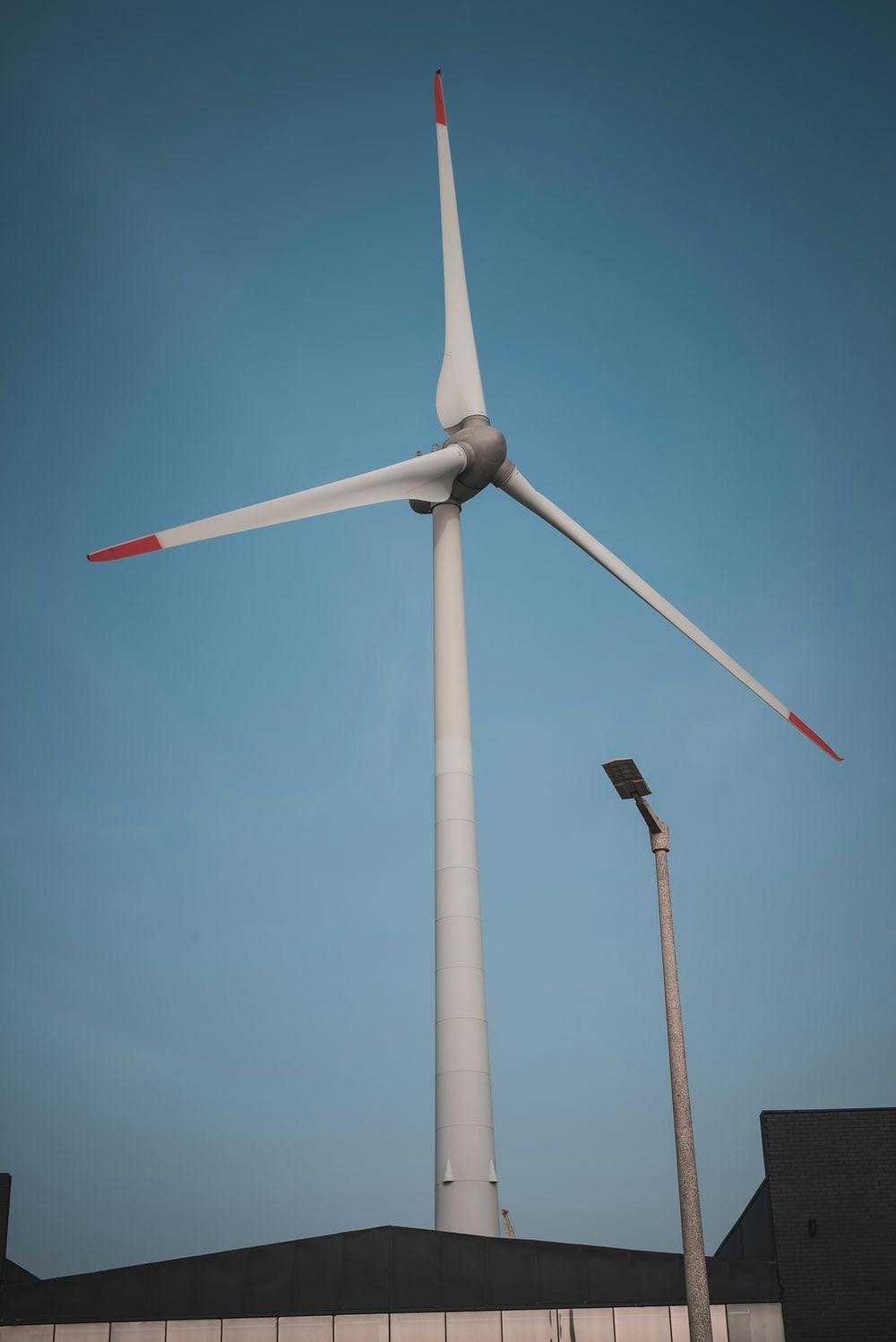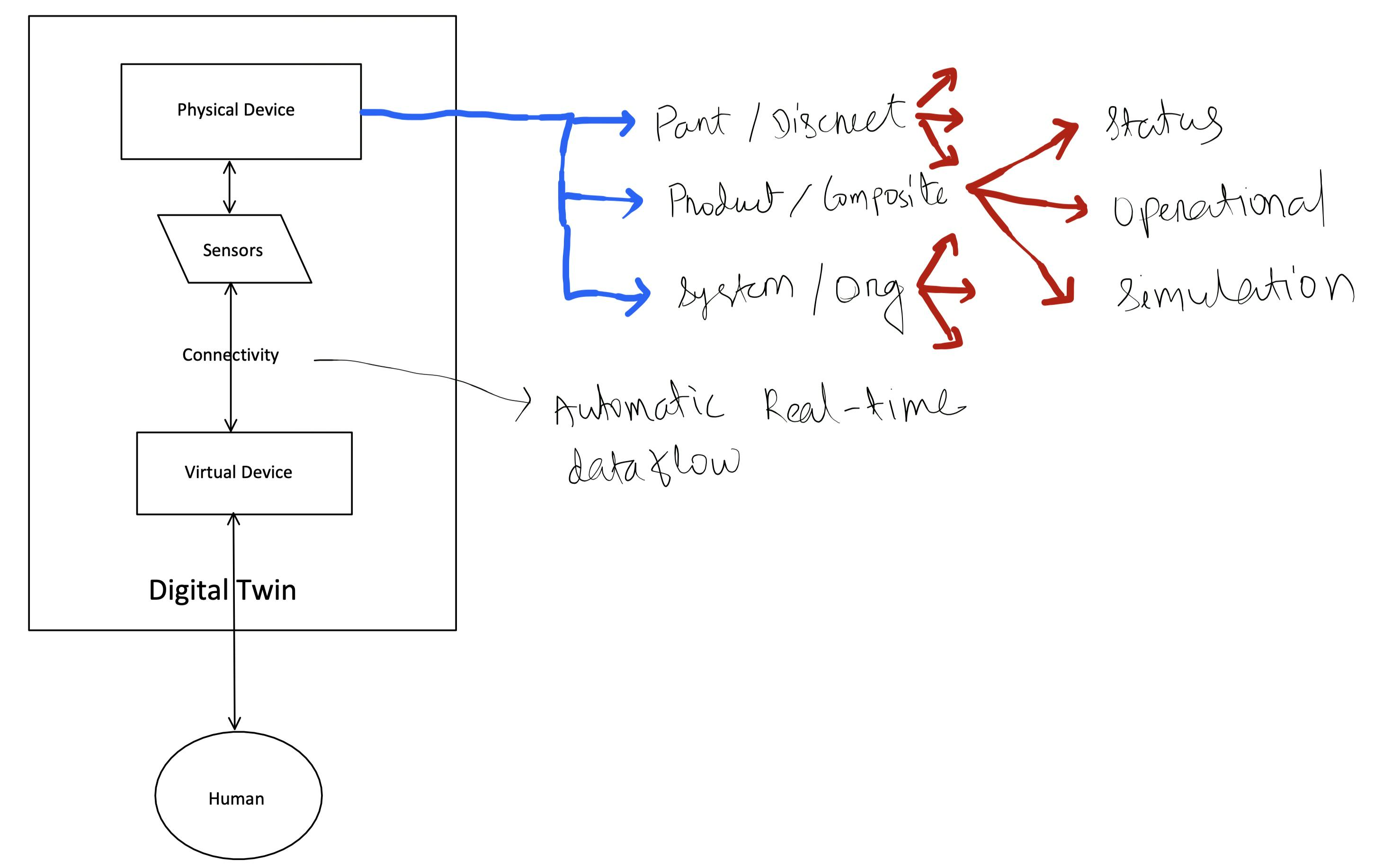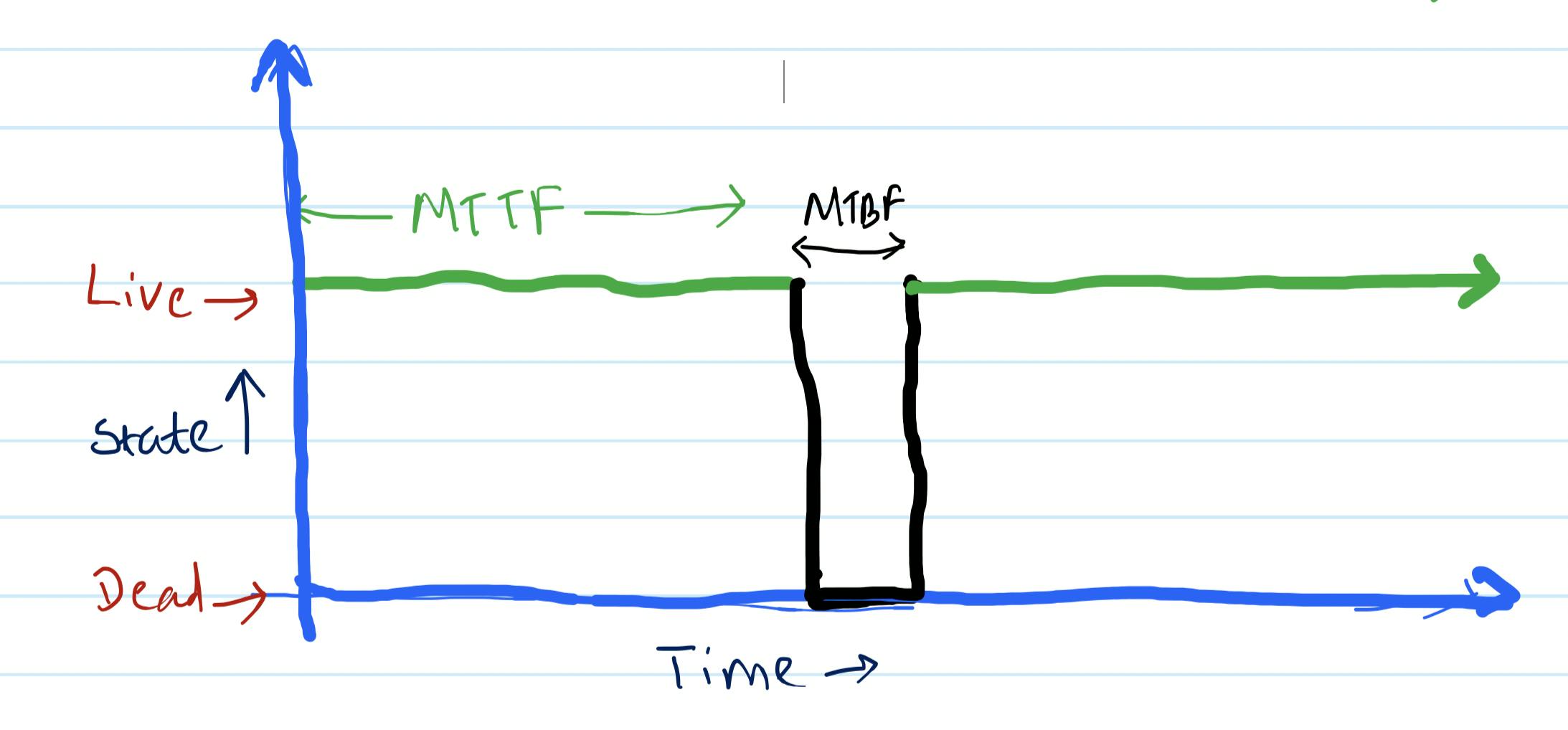Overview
A Digital Twin is a virtual copy of a physical device. It simulates the behaviour of the physical device based on the constant stream of data received through its sensors.
A digital twin is a virtual representation of an object or system that spans its lifecycle, is updated from real-time data, and uses simulation, machine learning and reasoning to help decision-making.
Another detailed definition
A digital twin is a dynamic virtual representation of a physical object or system, usually across multiple stages of its lifecycle. It uses real-world data, simulation or machine learning models, combined with data analysis, to enable understanding, learning, and reasoning. Digital twins can be used to answer what-if questions and should be able to present the insights in an intuitive way.
source: IBM
For e.g., Google Maps is a Digital Twin of the earth for a specific industry context.
Existing Problems
These are few problems which Digital Twin wants to solve:
- Making physical devices transparent
- Real-time data monitoring of a digital component
- Proactive anomaly/failure detection. For e.g. predicting MTTF and MTBF* of a Part/Product.
- Predictive suggestions on optimizing the efficiency of a physical device and overall plant production yield.
Categories of Digital Twins
There are three categories of Twins:
- Part Twin/Discrete Twin
- Product Twin/Composite Twin
- System Twin/Digital Twin for Organization
Example: A wind energy alternator system

Part Twin is one intrinsic part of an alternator/turbine that rotates to produce electricity

Product Twin is the aggregation of multiple Part twins which twins an entire turbine.

System Twin twins the entire Wind turbine system on an organizational level.
Each of these categories is further divided into the following three kinds:
Status: Provides the status of the device. Generally created with visualization tools.Operational: Provides more info than theStatus twins. These twins can change the parameters and implement actions.Simulation: Combining historical data with real-time live feed predicts future states, detects anomalies, optimization opportunities can improve the recovery yield of plants.

References and Further reading
- What are digital twins
- Digital Twins and The Internet of Things
- Digital Twin
- Digital Twinning In Architecture, Engineering, And Construction
- IoT Architecture of Digital Twin with Apache Kafka
Appendix
MTTF
- The average time hardware runs before falling permanently.
- This metrics is used where there is a very low to no chance of repairability of products.
MTBF
- The average time required to repair hardware and making it up back into production.
 Sample Diagram to understand MTTF and MTBF
Sample Diagram to understand MTTF and MTBF
Photo by Joshua Sortino on Unsplash
